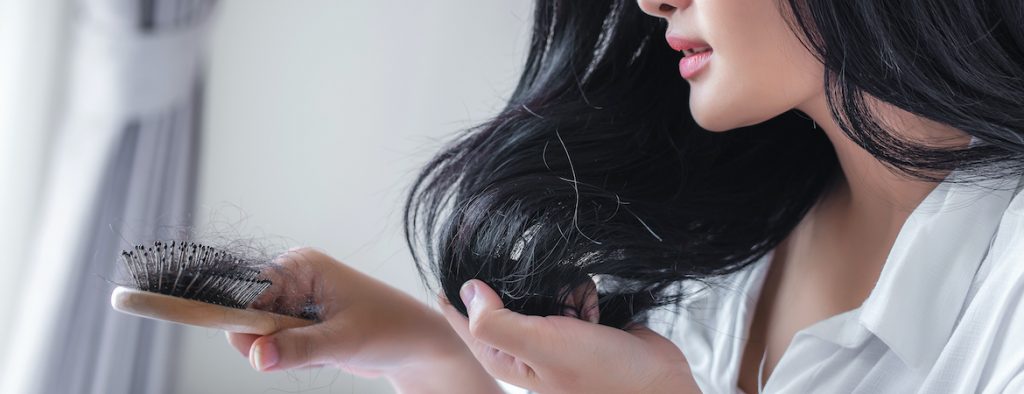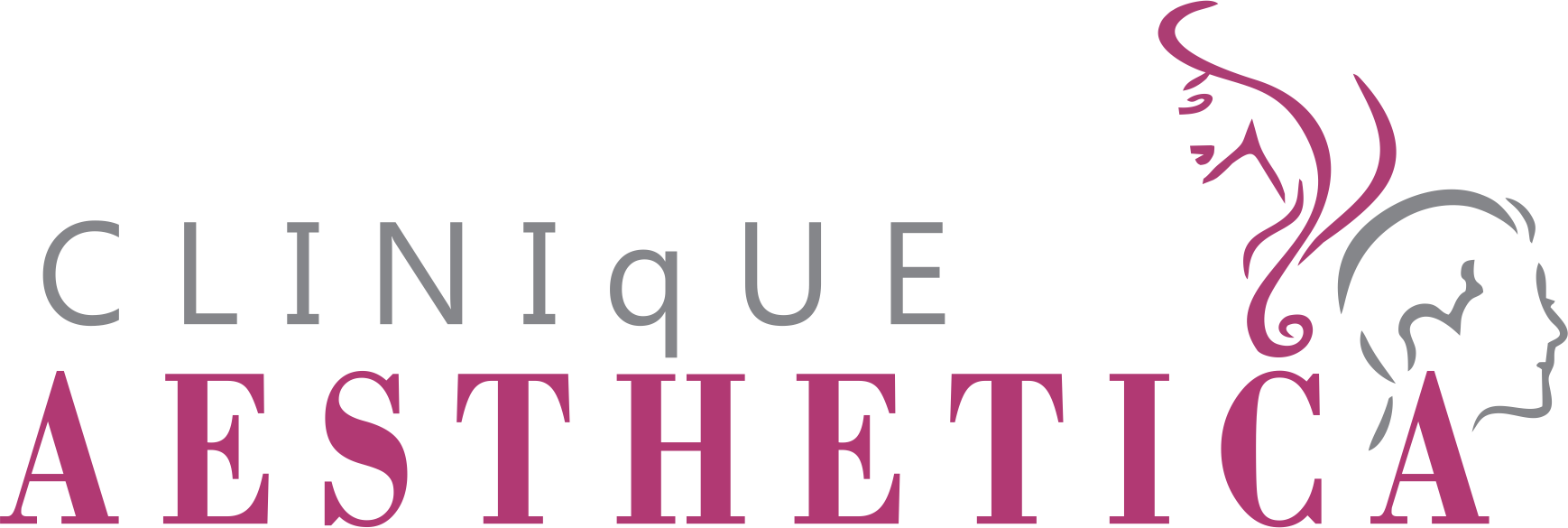
Missing the crowning glory, hair is how you can gain it back

Missing the crowning glory, hair is how you can gain it back.
Hair wash or blow dry can turn into a nightmare for people having thin hair or suffering from massive hair loss. The sight of a thick ball of hair every time you comb, wash or style your tresses can be depressing. Mostly when young, hair fall is never an issue as on a day-to-day basis many new hairs grow to maintain a good balance. However, with age and many other factors, many people suffer from hair loss. Hair loss can indeed be very stressful, as it starts to show on your photographs. This can play havoc with your image and mental space.
While the most common cause of hair loss is a hereditary condition called Androgenic Alopecia, which comes with ageing, there could be many other common reasons behind your rapidly thinning hairline. Some of them are overdoing hair care, scalp infection, certain medications or hormonal change and chemical treatments on hair.
Baldness is a normal ageing process, early for some, late for others. Most accept it gracefully, but for many it is distressing. Let’s decode why hair loss actually happens.

- You are not eating right:Any fad diet can deprive you of certain important nutrients. This can make you lose your hair too. Dr. Vinod Vij – Best Cosmetic & Plastic Surgeon – Clinique Aesthetica in Mumbai affirms that, lack of vitamin A, B12, D, C and other elements like, zinc, iron, proteins can cause a nutrient deficiency in the hair follicles, thus weakening them and causing hair thinning and loss.
- Infection on scalp:When bacteria, yeast, or fungi overgrow and invade hair follicles, infection occurs. You might also find pus bumps, redness, and scaling. “Most scalp infections are curable with the right antibiotic or antifungal medication,” says Dr Vij.
- Overuse of chemicals:No one likes to show grey hair. Every time you dye your hair, your scalp is going overboard with chemicals and you are losing your hair. Dr Vij also adds that excessive heat styling and chemical treatments on hair are a major reason for a type of hair loss called traction alopecia.
- Hormonal imbalance: Many things such as PCOS, menopause, diabetes, obesity and even heart problems can cause the hair to shed.
- Certain medications:Medications like blood thinners, antidepressants, cholesterol-lowering drugs, etc. also contribute to hair loss.
Timely diagnosis and specific management is of paramount importance to reduce hair loss. Hair is considered as one of the most defining aspects of our appearance. The hair length, style and colour have been used to make statements about our personality, appearance, sex, social status and youthful looks.
As one matures from a child to teen to young adult to middle and old age, one sees many visible changes in the colour, thickness and density of his/her scalp hair. In the battlefield of life, humans have to encounter various challenges and one realises the paramount importance of scalp hair only when one experiences hair loss.
Most of the time, hair-loss during the teen years is secondary to problems like emotional stress especially during exams, improper diet during the growing age or improper usage of hair cosmetics. Due to these factors hair in the growth phase gets suddenly converted into the resting phase thus leading to hair loss. This condition is called telogen effluvium.
Alopecia areata is a skin disease causing hair loss on the scalp and affects 10 percent of the teenagers. Teenagers may notice one or two-inch diameter circular bald spots suddenly. These spots may progressively grow larger.
Eating disorders such as bulimia and anorexia nervosa can cause nutritional deficiencies in teenagers that can cause hair loss. Those on a crash diet can experience a significant hair loss about three months later. A low-protein diet or severely calorie-restricted diet can also cause hair loss during this period.
Hair loss in 20-30 years old is an age group where most of the people will enjoy the best time of nature’s gift of head full of dark thick hair and at the same time the chances of self-inflicted damage to the hair via chemicals, styling, perm and straightening treatments is also the maximum in this age group, the effects of which can appear months or years later. Oral intake of birth control pills can also cause hair loss in this age group.
When in the age group of 30 to 40 years, many people chemically process their hair, which leaves them with dull thin and scanty hair when they enter this age. Pregnant and lactating women in this age group experience more hair loss as their estrogen levels take a tumble and a lot more hair follicles enter the resting stage. Soon, they find more hair coming out in the shower or on the brush. The health of hair is also a marker of the internal body system. So ruling out internal medical conditions such as thyroid disease, lupus, diabetes, iron deficiency, eating disorders and anaemia in persons experiencing hair loss is a must.
When entering the 40 years and plus age group, at least 50 per cent of adults — both men and women tend to experience thinning or loss of hair by the time they are 50 and many men can become completely bald. The genetic and hormonal susceptibility of hair matrix cells is responsible for this condition. People with patterned alopecia not only face loss of hair, but they also feel isolated, are embarrassed to seek care, and may be frustrated by misinformation, misdiagnosis or poor treatment options. People experiencing hair loss should not get carried away by various advertisements and claims about exotic lotions or procedures promising remarkable results as these can do further harm than gain if hair loss is not properly diagnosed.
Most people shed about 50-100 strands every day. Don’t worry if you find a few in your hairbrush or on your clothes. But if it starts to fall out in clumps or if you notice it getting thinner over time, that is the time to start specific management. Dr Vij’s hair transplantation brings a ray of hope for those with receding hairline.
When you notice
– Sudden changes in hair loss pattern, or excessive hair loss while washing, combing or oiling hair
– Thinning of hair and visibility of scalp skin, not visible earlier
– Textural changes in hair
– Small areas of partial or complete hair loss over scalp
– Excessive scaling and itching over scalp
Hair loss can be due to:
– The decreased growth of the hair: anagen hair loss
– Increased shedding of the hair: telogen hair loss
– Conversion of thick terminal hairs to thin vellus hairs; male and female pattern hair loss
– Congenital or acquired hair shaft abnormalities
– An inflammatory skin disease that damages or destroys the hair bulb.
Tests / ways to identify hair loss:
– Pull test: The pull test helps doctors evaluate hair loss. Doctors gently pull on a bunch of hairs (about 40) on at least 3 different areas of the scalp. Doctors then count the number of hairs that come out with each pull and examine them under a microscope to determine their phase of growth. If more than 4 to 6 hairs in the telogen phase come out with each pull, the pull test is positive, and the person most likely has telogen effluvium.
– Pluck test: During the pluck test, doctors abruptly pull out about 50 individual hairs (“by the roots”). Doctors examine the roots and shafts of the plucked hairs under a microscope to assess the hair shaft and determine the phase of growth. These results help doctors tell whether the person has a telogen effluvium, a primary hair shaft abnormality, or some other problem.
– Daily hair counts
This can be done to quantify hair loss when the pull test is negative and it is not clear whether hair loss is actually excessive. Hairs lost while combing first thing in the morning or during shampooing are collected in clear plastic bags daily for 14 days. The number of hairs in each bag is then recorded. Loss of more than 100 hairs a day is abnormal except after shampooing, when up to 250 hairs may be lost. Hairs may be brought in by the person for examination under a microscope.
What options are available to get your hair fixed?
- Treatment of Alopecia
- Treatment of specific causes
- Sometimes hair replacement methods
- Drugs that are causing hair loss are switched or stopped
- Hormonal disorders can be treated with drugs or surgery, depending on the cause
- Iron or zinc supplements can be given if these minerals are deficient
- Vitamin A intake can be decreased in people who have alopecia caused by vitamin A excess
- Traction alopecia is treated by eliminating physical traction or stress to the scalp
- Scalp ringworm is treated with antifungal drugs taken by mouth
Some of the most popular treatments for hair loss include hair transplantation and wigs.
Hair transplantation: Transplantation is a more permanent solution. In this procedure, hair follicles are removed from one part of the scalp and transplanted to the bald area. In this technique, only one or two hairs are transplanted at a time.
Wigs: Wigs often offer the best treatment for temporary hair loss (for example, that caused by chemotherapy). People undergoing chemotherapy should consult a wig maker even before therapy begins so that an appropriate wig can be ready when needed. When hair regrows, it may be different in color and texture from the original hair.
Some people conceal thinning hair by using camouflage powders, hair loss concealers (products that contain fibers that bind to existing hair), and a form of tattooing called scalp micropigmentation. A proper consultation with an expert like Dr Vinod Vij can help you make an informed decision for your child.
Hair loss is a common problem which most of us experience at some time or other. A diet rich in iron and protein can be helpful along with physical and mental fitness.



Post a comment